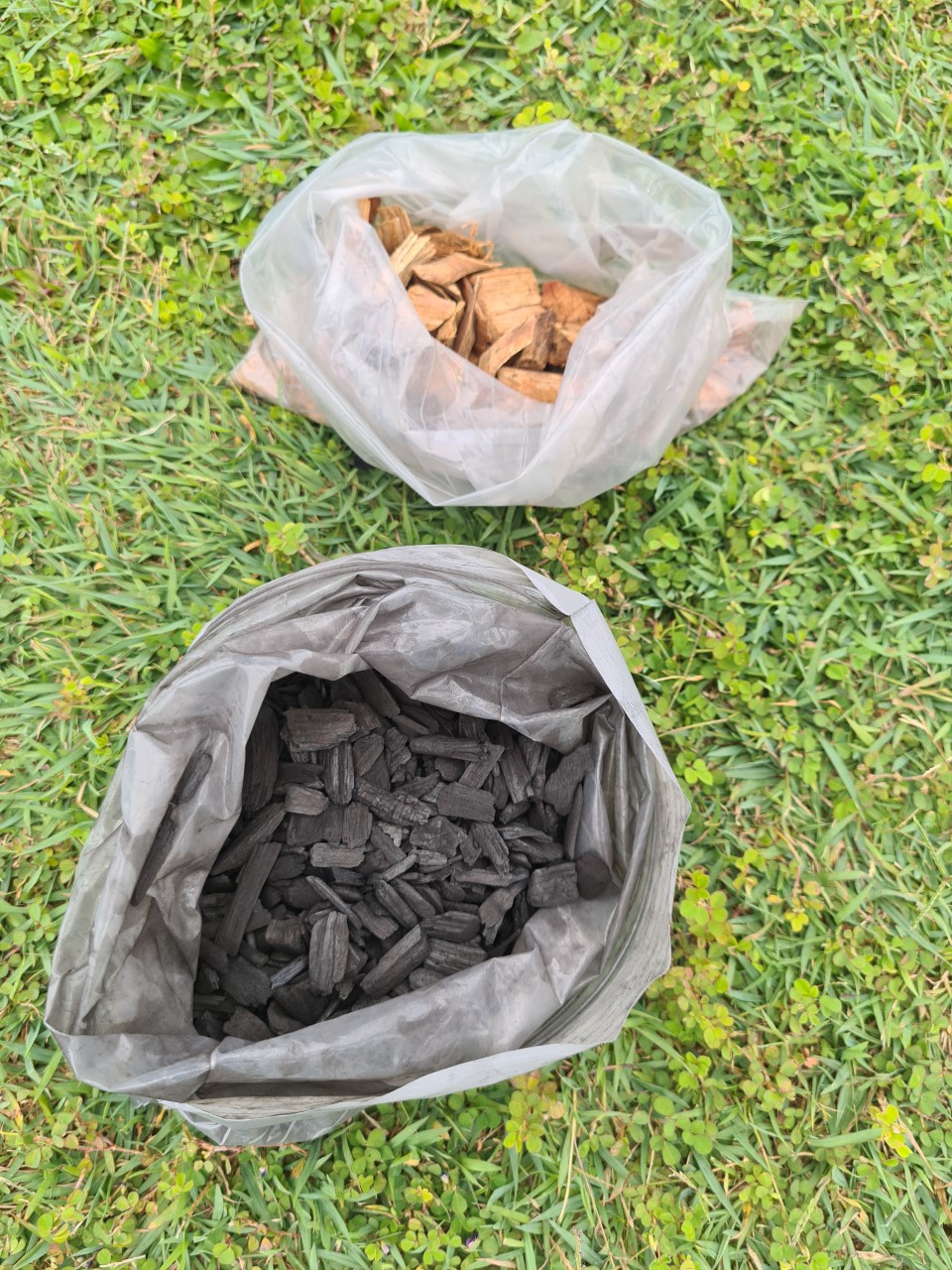
01 Jun FED FUNDS FOR GREEN COAL TO HELP KILL ‘BUSH CANCER’
The tide may soon turn on the damage wrought to rural Queensland by the noxious prickly acacia weed.
A federal funding injection into a western Queensland project, which turns the damaging weed into a valuable carbon-neutral energy source, will help bring the ground-breaking renewable energy plant to life.
Long-time supporter of the project Katter’s Australian Party (KAP) Leader and Traeger MP Robbie Katter welcomed the money for Green Day Energy, which plans to build a $30 million plant in Richmond to turn prickly acacia weed into a torrefied product – a carbon-neutral alternative for coal.
Founder Brad Carswell said the company was set to receive $5 million from the federal Securing Raw Materials Program, which would help build a mobile torrefaction plant and conduct a pilot program as a “proof of concept” for commercialisation.
The torrefied product was ideal for use in cogeneration power plants and suitable to export to Japan, the United Kingdom and throughout Europe. The current worldwide demand for carbon-neutral product was 15 million tonnes per year, predicted to rise to 50 million tonnes within a decade, with torrefied products boasting an impressive 24GJ of energy per tonne.
Mr Carswell said Queensland could be front and centre of the forecast surge in demand.
He said Stage 2 of the project would involve green hydrogen produced from bio-char – at a production rate of 100,000 tonne of bio-char, 21 million kilograms of green hydrogen can be produced annually.
Mr Carswell thanked the Federal Government for identifying the prickly acacia issue and allocating funds to the new project.
“Green Day Energy believes this will deliver a triple bottom line, with economic and social benefits to the region while delivering an environmental outcome,” he said.
Mr Katter said prickly acacia was a cancer in Queensland’s grazing sector and a scourge on biosecurity and economic viability, infesting 23 million hectares of prime land and costing a predicted $5.5 billion in lost production and management costs over the next three decades if not controlled.
“The spread has only been slowed down, not stopped; the weed has been allowed to run rampant and fester under insufficient funding and resources, leaving land management groups and landholders ill-equipped,” he said.
The pilot program and proposed torrefaction plant would also create jobs and economic opportunities in the region.
“Creating more jobs in western Queensland is always a priority of mine and I support endeavours such as these to put more people in work while delivering a highly-valuable product, with the significant bonus of managing a noxious weed,” Mr Katter said.
Prickly acacia trees grow as high as eight metres and draw moisture and nutrients out of the ground, degrading soil and causing erosion.
Leaving the weed unmanaged could wipe out swathes of grazing land in the future, potentially forcing Australia to import beef.
Due to widespread supply chain issues, construction of the plant was currently expected to take up to 12 months.
—ENDS—
Photo: The prickly acacia plant is turned into a torrefied product – a carbon-netural alternative for coal.

Sorry, the comment form is closed at this time.